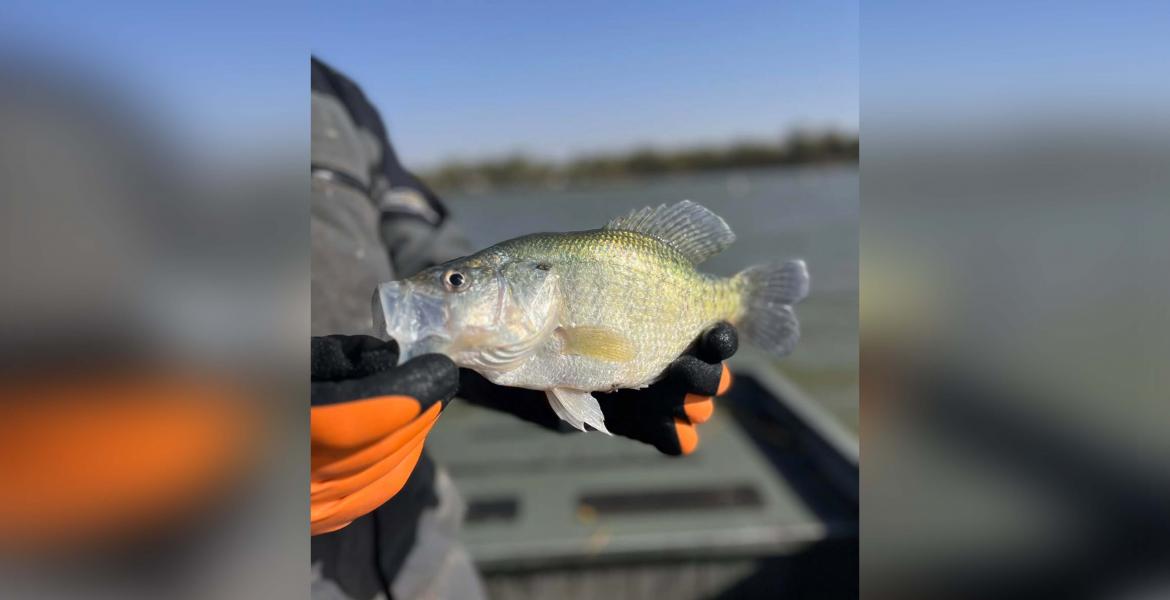AUSTIN, TX – Chronic Wasting Disease (CWD) has been discovered in deer breeding facilities in both Mason and Matagorda counties recently. This marks the first positive detection of the disease in these counties.
An epidemiological investigation found that both deer breeding facilities had received deer from a Uvalde County premises where CWD was found on March 29. Postmortem tissues samples were submitted by the permitted deer breeders to assist the Texas Parks and Wildlife Department (TPWD) and Texas Animal Health Commission (TAHC) with the epidemiological investigation. The National Veterinary Services Laboratory (NVSL) in Ames, Iowa, has since confirmed CWD in those tissue samples.
TPWD and TAHC officials have taken immediate action to secure all cervids at the Matagorda County and Mason County deer breeding facilities and plan to conduct additional investigations for CWD. In addition, other breeding facilities and release sites that have received deer from these facilities or shipped deer to these facilities during the last five years have been contacted by TPWD and cannot move or release deer at this time.
On March 31, TPWD and TAHC reported two CWD confirmations at breeding facilities in both Hunt and Uvalde counties. The Hunt facility underwent further DNA testing to confirm animal identification and origin, and on May 12 the DNA test results confirmed the deer’s connection to the premises.
“Regrettably, the gravity of this situation continues to mount with these new CWD positive discoveries, as well as with the full understanding of just how many other facilities and release sites across Texas were connected to the CWD positive sites in Uvalde and Hunt Counties,” said Carter Smith, Executive Director of TPWD. “Along with our partners at the Texas Animal Health Commission, we will continue to exercise great diligence and urgency with this ongoing investigation. Accelerating the testing at other exposed facilities will be critical in ensuring we are doing all we can to arrest the further spread of this disease, which poses great risks to our native deer populations, both captive and free-ranging alike.”
TPWD and TAHC continue to work together to determine the extent of the disease within all the affected facilities and evaluate risks to Texas’ free ranging deer populations. Quick detection of CWD can help mitigate the disease’s spread.
CWD was first recognized in the U.S. in 1967 and has since been documented in captive and/or free-ranging deer in 26 states and three Canadian provinces.
In Texas, the disease was first discovered in 2012 in free-ranging mule deer along a remote area of the Hueco Mountains near the Texas-New Mexico border and has since been detected in 228 captive or free-ranging cervids, including white-tailed deer, mule deer, red deer and elk in 13 Texas counties. For more information on previous detections visit the CWD page on the TPWD website.
CWD is a fatal neurological disease found in certain cervids, including deer, elk, moose and other members of the deer family. CWD is a slow and progressive disease. Due to a long incubation, cervids infected with CWD may not produce any visible signs for a number of years after becoming infected. As the disease progresses, animals with CWD show changes in behavior and appearance. Clinical signs may include, progressive weight loss, stumbling or tremors with a lack of coordination, excessive thirst, salivation or urination, loss of appetite, teeth grinding, abnormal head posture, and/or drooping ears.
To date there is no evidence that CWD poses a risk to humans or non-cervids. However, as a precaution, the U.S. Centers for Disease Control and the World Health Organization recommend not to consume meat from infected animals.
Subscribe to the LIVE! Daily
Required






Post a comment to this article here: